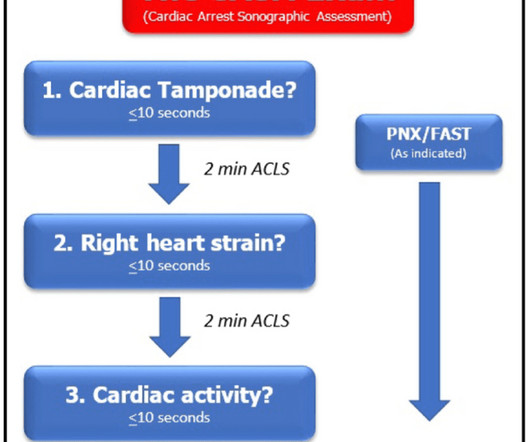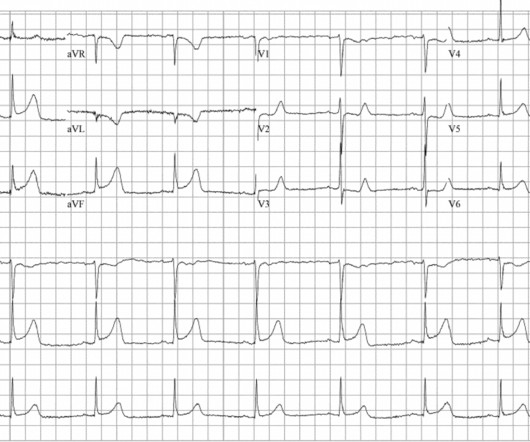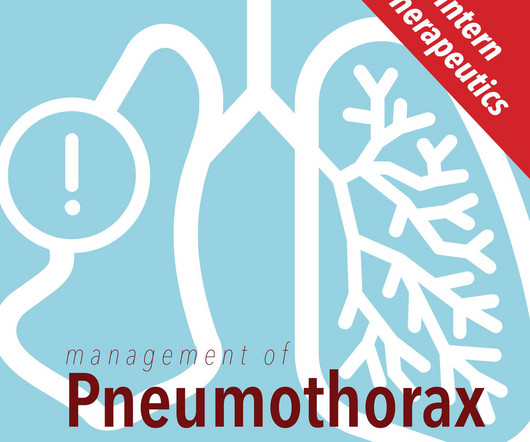Ultrasound in Cardiac Arrest
Mount Sinai EM
AUGUST 7, 2024
The ideal view depends on the patient’s comorbid conditions such as COPD, obesity, cachexia, etc. Ultimately, given the heterogeneity of studies in terms of timing & application and definition of cardiac motion, ultrasound is considered an adjunct to CPR with a class 2b recommendation in the 2020 AHA guidelines.
















Let's personalize your content